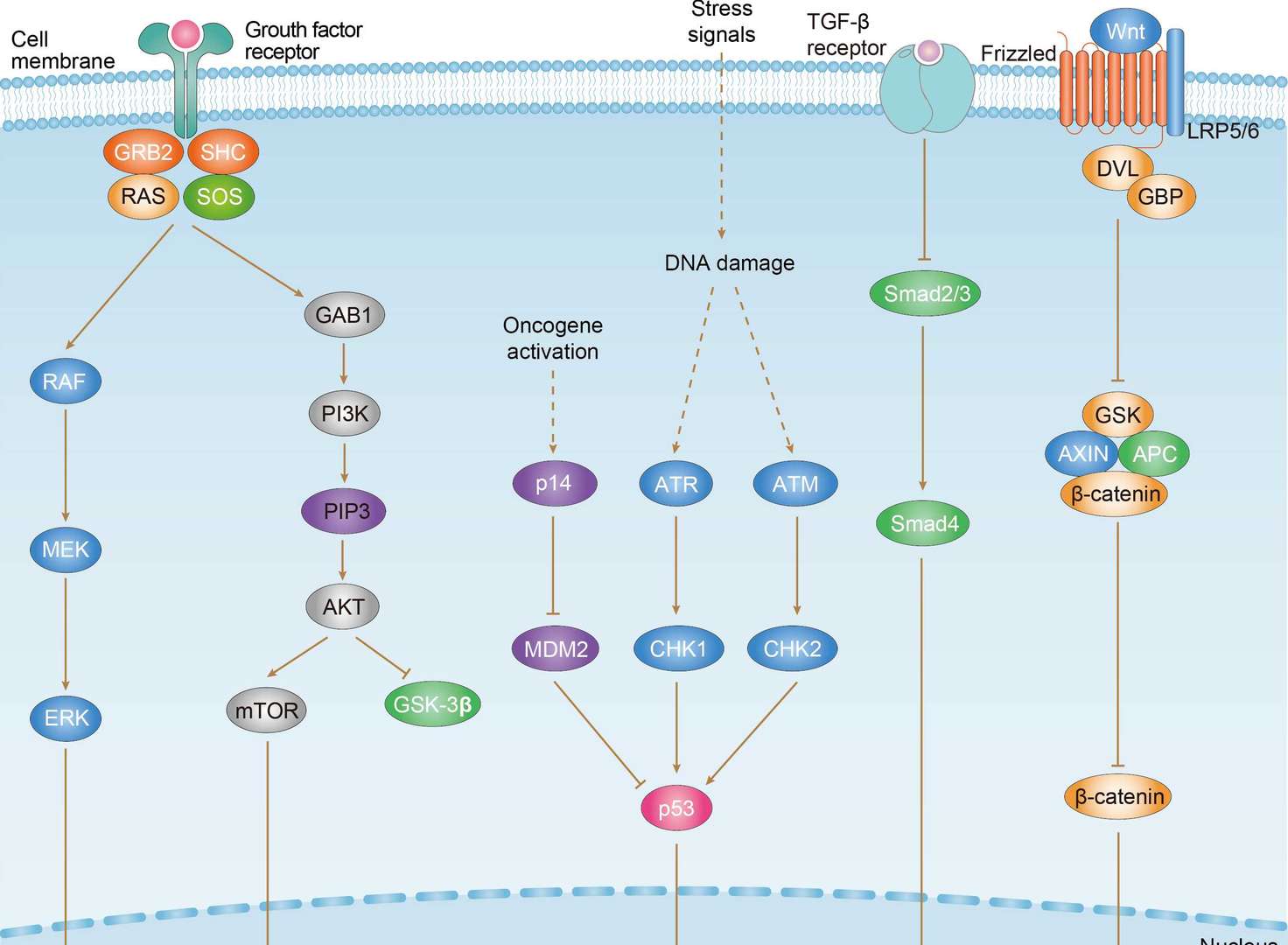 Loading...
Loading...

BAK1
 Loading...
Loading...Anti-BAK1 Products
- Rabbit Anti-BAK1 Recombinant Antibody (clone CBACN-059) (MRO-0152-CN)
-
- Species Reactivity: Human
- Type: Rabbit IgG
- Application: WB, IF, IHC, IP, FC
- Rat Anti-BAK1 Recombinant Antibody (HPAB-0257-YJ) (HPAB-0257-YJ)
-
- Species Reactivity: Human
- Type: Rat IgG
- Application: ELISA, Activ, IP
-
- Species Reactivity: Human
- Type: Rabbit IgG
- Application: ELISA, WB, IHC, FC, IP
- Rabbit Anti-BAK1 Recombinant Antibody (VS3-WK1010) (VS3-WK1010)
-
- Derivation: Rabbit
- Species Reactivity: Human
- Type: Rabbit IgG
- Application: WB, ICC, IF, IHC, IP, FC
-
- Species Reactivity: Human
- Type: Rabbit IgG
- Application: WB, IHC-P, IP
-
- Derivation: Mouse
- Species Reactivity: Human
- Type: Mouse IgG2a, κ
- Application: ELISA, WB, IF
- Mouse Anti-BAK1 Recombinant Antibody (clone BU9C5) (MOB-0894MZ)
-
- Species Reactivity: Human
- Type: Mouse IgG2a
- Application: ELISA, WB
- Rat Anti-BAK1 Recombinant Antibody; Fab Fragment (HPAB-0257-YJ-F(E)) (HPAB-0257-YJ-F(E))
-
- Species Reactivity: Human
- Type: Rat Fab
- Application: ELISA, Activ
- Rat Anti-BAK1 Recombinant Antibody; scFv Fragment (HPAB-0257-YJ-S(P)) (HPAB-0257-YJ-S(P))
-
- Species Reactivity: Human
- Type: Rat scFv
- Application: ELISA, Activ
-
- Species Reactivity: Human
- Target: BAK1
- Host Animal: Rat
- Application: Activ, ELISA, FC, Cell-uptake
- Anti-BAK1 Immunohistochemistry Kit (VS-0525-XY691)
-
- Species Reactivity: Human
- Target: BAK1
- Application: IHC
-
- Derivation: Mouse
- Species Reactivity: Human
- Type: Mouse IgG2b
- Application: IHC, FCM
-
- Species Reactivity: Human, Mouse
- Type: Rabbit IgG
- Application: WB, ICC, IF, IHC-P, IP, FC
-
- Derivation: Phage display library screening
- Species Reactivity: Human
- Type: Rabbit IgG
- Application: FC, ICC, IHC-P, WB
Can't find the products you're looking for? Try to filter in the left sidebar.Filter By Tag
Our customer service representatives are available 24 hours a day, from Monday to Sunday. Contact Us
For Research Use Only. Not For Clinical Use.
Background
Transporters
Membrane
Cell type enhanced (Proximal enterocytes, Distal enterocytes)
Low immune cell specificity
Low cell line specificity
Homodimer. Formation of the homodimer is zinc-dependent (PubMed:17157251). Forms heterodimers with BCL2 and BCL2L1 isoform Bcl-X(L) (PubMed:9020082). Forms heterooligomers with BAX (PubMed:29531808). Interacts with BCL2A1 (By similarity). Interacts with RTL10/BOP (PubMed:23055042). Interacts with VDAC1 (PubMed:25296756). Interacts with GIMAP3/IAN4 and GIMAP5/IAN5 (PubMed:16509771). (Microbial infection) Interacts with vaccinia virus protein F1. (Microbial infection) Interacts with myxoma virus protein M11L. (Microbial infection) Interacts with Epstein-Barr virus protein BALF1. (Microbial infection) Interacts with adenovirus protein E1B 19K.


 Gastric Cancer
Gastric Cancer

